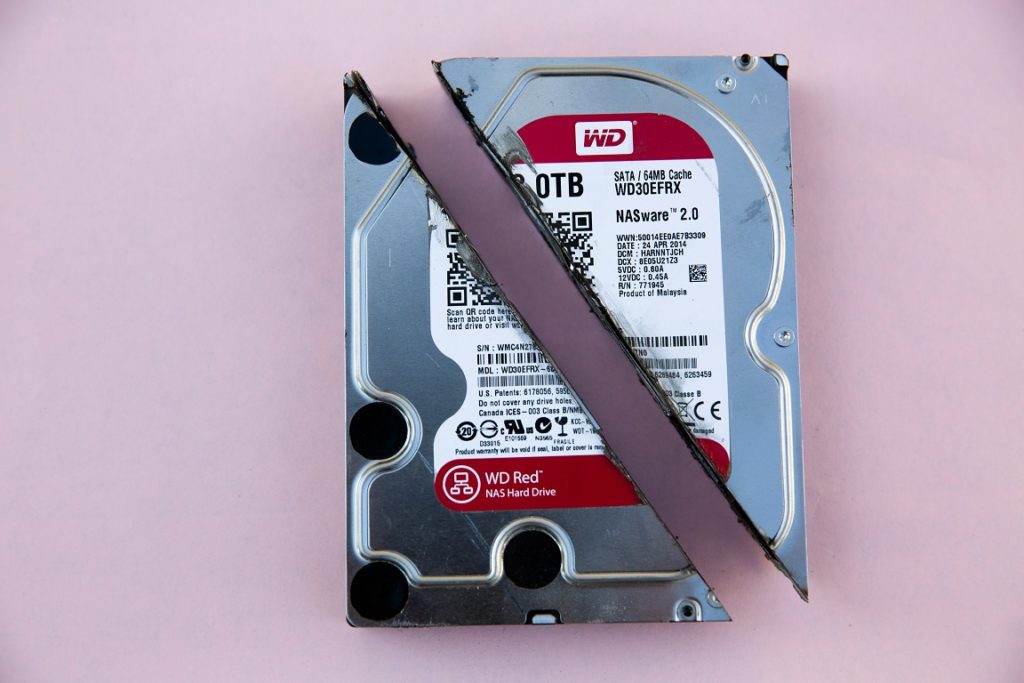When you have millions of important files in your computer and your hard drive suddenly kick the bucket it’s time to rethink your data backup policy. While storing your important files in the harddrive is the easiest thing to do, it’s hardly the best option.
No data storage hardware can last forever, but some are still better than others when it comes to creating backups of your important and cherished files.

What Type of Media is Good for Backup?
The followings are four of the most popular media for data backup. They are hard disk drives, solid state drives, optical disks, and cloud storage.
Hard disk drives (HDD)
As mentioned earlier, a hard drive is not the best type of backup storage. Even though advances in technology have made it possible to manufacture hard drives in Terabyte-range capacity, hard drives still only have a lifespan of about 50,000 hours.
If you insist on using hard drives to backup your data, duplicate them on at least two hard drives – one internal and one external.
Solid-State Drive (SSD)
SSDs are lightning-fast. They make storing and retrieving backups a breeze. SSDs also don’t have moving parts making them less prone to mechanical failures. The big problem is SSDs lose data much faster than HDD when not connected to power. If you’re planning to keep the SSD locked in a safe somewhere, you’ll lose your precious data over years.
Another problem is theprice. SSDs are still way more expensive than HDDs of the same capacity. If you have a limited budget, SSDs may not be feasible.
Optical disks
CDs with their 700 MB capacity are out of the question. DVDs with their 4.7GB of storage are good but not great. For making backups, dual-layer Blu-ray discs are the best options. With 50GB of capacity, you won’t end up with dozens
But it’s not just the capacity that makes Blu-ray disc an excellent choice for backup storage. If you take good care of them, the discs can last a century. For you who wish to backup your data and keep it safe forever, a century is pretty good. Hey, if it lasts longer than you do, it’s all swell, right?
The Cloud
Some say Cloud storage is just a fancy name for someone else’s hard drives. It’s true to some extent, but the Cloud is so much more than that. Companies that offer Cloud storage counts failure as part of the equation. They create backups upon backups to ensure your data will remain safe and always be there when you need them. Cloud service comes at a price and you need to pay annually to keep your files but it is one of the best methods for keeping your data safe.
—
OK, now that you know the four media for creating backups, it’s time for you to learn about the best file format for the backups. For instance, if you have priceless family pictures and you want your future grandchildren to be able to see those, then you need a reliable image format.
As far as image format goes, many people pick JPEG as the ultimate format. Unfortunately, JPEG is a lossy file format. If one day you convert the images to another format, there will be a loss of quality. Lossless formats such as TIFF don’t have such an issue.
Make it habit to take important pictures as RAW then convert them to a lossless format such as TIFF. Why? Because RAW formats are proprietary and differ from one camera manufacturer to another. There’s no guarantee that the software needed to open them will be available in the next decade. The TIFF file, however, is fully documented and you can view, open, and edit photos stored as TIFF easily in Windows and Mac.
